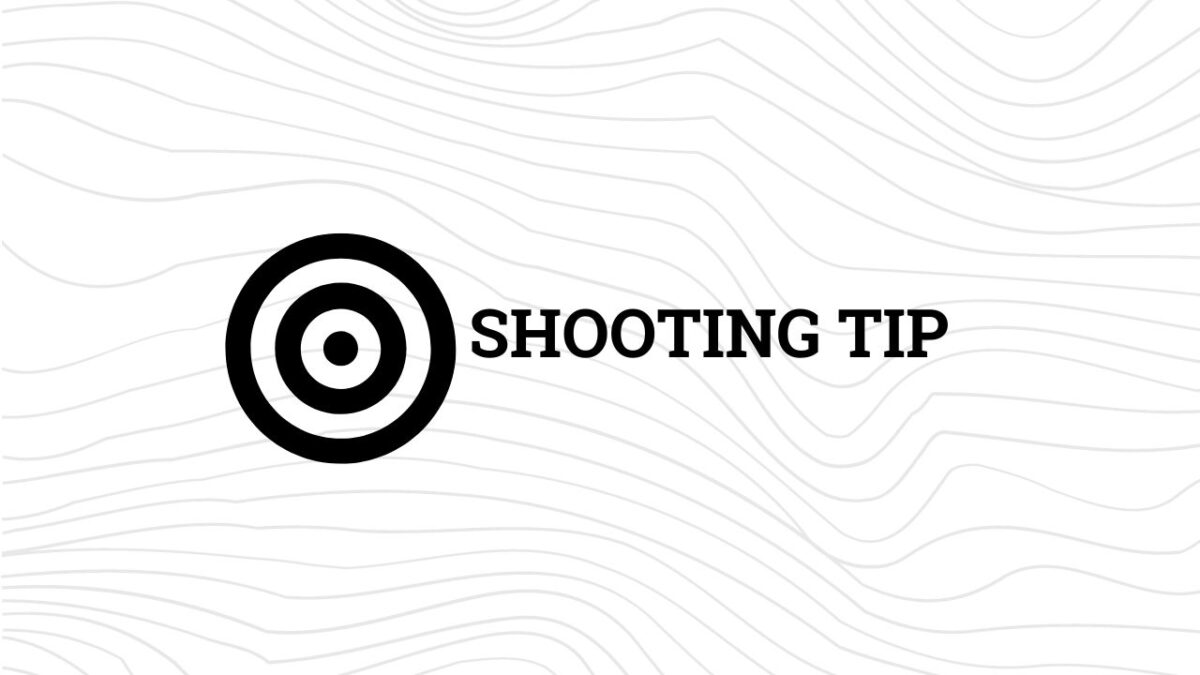Do’s and Don’ts on Taking a New Shooter to the Range
One of the questions I get asked most is how do I get my loved one to go to the range and shoot with me? Most of the time I get this from men who want to share their hobby with their wives or girlfriends. My inner hopeless romantic just loves the idea of it and I know many couples who spend “date night” at the range. But how do you get to that point?
First off, let’s assume the person you want to go shooting with is open to the idea, is not anti-gun and isn’t completely terrified of firearms. If your would-be shooting partner is vehemently opposed to shooting, then that’s another topic. You must respect this person’s wishes but also explain to them that they need to respect your right to enjoy firearms and shooting as well.
The next step is to make plans to head to the range. Remember that your partner has hobbies and things they want or have to do too. Don’t let housework or chores get in the way. Make an effort to help out whether it’s loading the dishwasher or setting up a babysitter for the kids. These are small ways you can contribute so that you are both free and clear to enjoy your range time together. That and it will help you start on the right foot.
This week’s shooting tip is more in-depth than the usual SHOOT Quick Tip and focuses on helpful do’s and don’ts that will make your first shooting trip with that new shooter a success.
The Do’s and Don’ts for Bringing a New Shooter to the Range for the First Time
DO: Make sure your student both knows and understands the firearms safety rules. Print a copy of these gun safety rules here. It makes no difference if the new shooter is young or old, a man or a woman. Knowing these rules and what they mean is the prerequisite for learning how to shoot, period.
DON’T: Never assume your student will be safe with a firearm. No one should be offended at being reminded about firearm safety.
DO: Choose the firearm you plan to shoot wisely. Consider shooting rimfire or, at the very least, ammunition with light recoil.
DON’T: This is not the time to bring out the big bore boomers. It’s not a matter of what the person is capable of handling, it’s about getting them to hit the target and seeing that huge, contagious smile spread across their face.
DO: Explain how the firearm you are using works and point out its basic controls.
DON’T Avoid getting all gung-ho by detail stripping and going over the entire guts of the gun. Try to keep things as simple as possible.
DO: Describe and show shooting fundamentals with an unloaded firearm. Think of it as the lesson portion of your time on the range. This is where you explain how to stand, the best way to hold/grip the firearm, what a proper sight picture looks like on the target, and the importance of trigger control. As you explain, demonstrate these basic shooting skills and then have your student work on them.
DON’T: Nitpicking every little thing will suck the joy out of your range time. It’s important to correct errors as you see them, but also remember to be patient. After all, this is new! Your student may need additional time to learn.
DO: Dry fire before you live fire. A lot.
DON’T: Do NOT just hand your partner the gun and jump right into shooting. Use dry practice to help your student become familiar with the firearm and build their confidence.
DO: Start with easy, fun and interactive targets. Use gallon milk jugs or two-liter soda bottles filled with liquid. Blow up balloons of different sizes to make things interesting. If you have access to steel targets use them as well.
DON’T: Don’t forget to clean up after you shoot so that others can enjoy the range too!
DO: Know when to call it a day. Pay attention to your student. If they start to struggle with shooting or look tired, then it’s time to wrap things up. You want to your time together on the range to end on a high note.
DON’T: Avoid pushing your shooter to shoot more when they don’t want to. The goal is to have fun and keep them coming back for more.
DO: Focus on the positive. Recall the first hit and all the things your shooter did right.
DON’T: Steer clear of bringing up the all bad shots or stressing the mistakes. Avoid language like, “You did good, but…” or “You really need to get better at…”
DO: Say thank you and make plans to do it again. A great way to end the day is by saying something like “Wow, this was so much fun for me. I hope you enjoyed it as much as I did. Thank you for coming out to shoot with me. Do you think you would like to try it again?”
For more useful information on shooting please check out my other shooting tips right here on the website, the playlist on YouTube, and also read more in my book, SHOOT: Your Guide to Shooting and Competition available in both print and eBook.


